|
Multilingual learners count on us to provide high-quality, comprehensible, and culturally responsive instruction in each lesson in every classroom.
Here are 22 practical and efficient ways (in no particular order) we can support emergent bilinguals as they climb to become our future global leaders. *The terms multilingual, emergent bilingual, and English learner are used interchangeably in this article and also include the acronyms MLs, EBs, and ELs.
1 Comment
This article was originally shared on the Seidlitz Blog on April 29, 2020.
Imagine you are a second grade student born in America, and you only speak English. You’ve attended English schools until now. But your father’s job has relocated your family to France, and now you are in a classroom filled with students and a teacher who only speak French (a language you have never spoken). The science teacher hands you a book and signals for you to read it. You open the book and find that it is filled with pictures…no words. First a group of horses. A mare feeding a foal. A colt running wild. Then a group of pigs, chickens, cows, etc. Instantly, you begin to think about the information you know about animals. What they are called, where they live, what they eat, etc. Though you aren’t able to communicate this information in French yet, you are able to follow along with the class and think in English using the schema and background knowledge you have about animals. Why Use Wordless Picture Books? The first thing we do with students can set the tone for our time together. Starting the period off on the right foot is critical to a successful lesson. Read on to discover five ways to start your class period in engaging and welcoming ways whether you are a general education teacher or an ESL teacher that pulls students out.
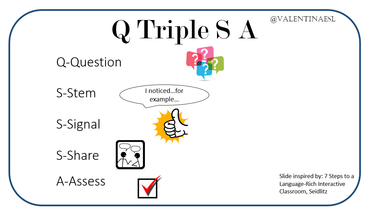 @ValentinaESL @ValentinaESL
If you are not using a structured conversation or talk technique regularly in your classroom yet, this is THE one to implement NOW. It's not only easy to implement right away, but it can also be used in every grade level and content area. There is practically no prep work need yet the benefits for students rock!
The benefits of academic talk are too great to avoid. If, as teachers, we do all the talking, then WE do all the learning. Talk makes learning stick. Students must verbalize to internalize. 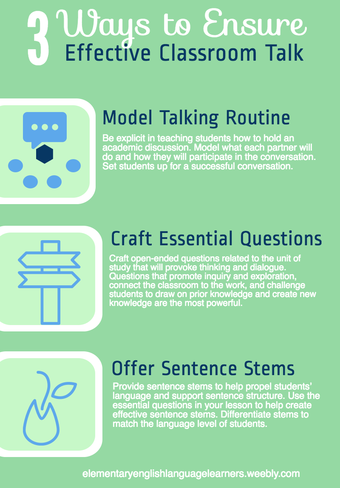 Have you ever walked into a classroom and heard a teacher say, "I love how quiet you all are. Keep it up."? Quiet classrooms are dangerous for English language learners and most other students as well. Talk is key to learning. If the goal is to lift the level of language, how can we do that in a quiet classroom? |
Categories
All
|
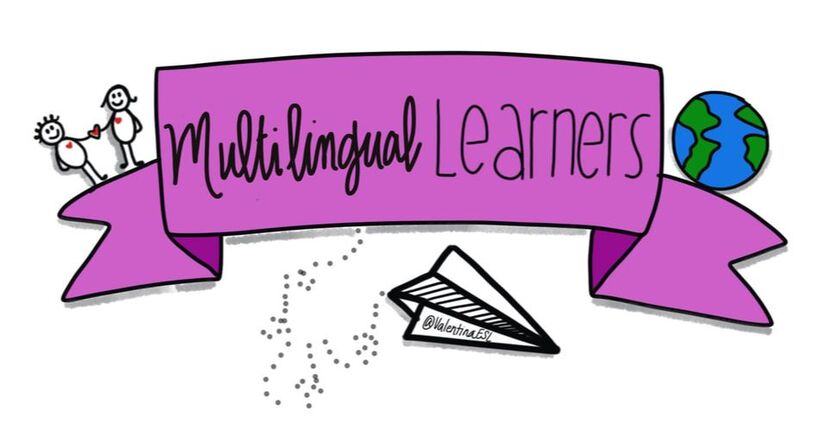
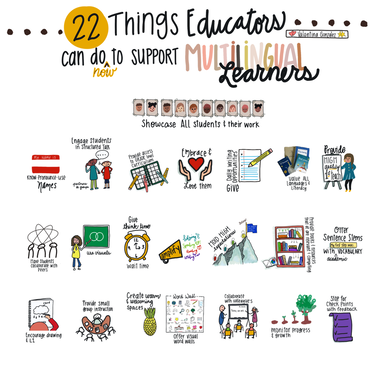
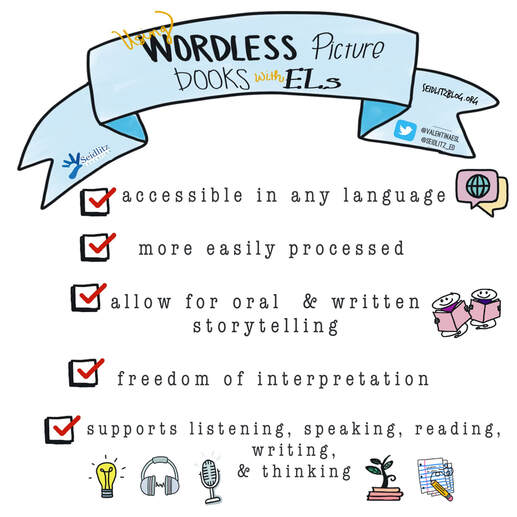
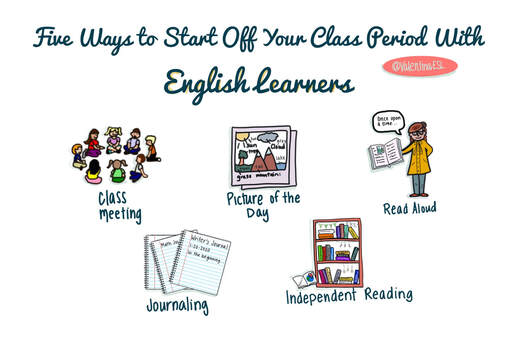
 RSS Feed
RSS Feed
